
Perhaps you have heard the scolding “just break out of your comfort zone” as a way to battle creative stagnation. Try this instead – broaden your comfort zone. Comfort zones themselves can stagnate and need to evolve to catch up with the artist. Finding your own approach to this process is of course what will put some zing back into your zone. We have several ways that are such old school classics that sometimes we need to refresh our working design habits so the ideas flow in the future. The photography exercises that we create for ourselves are part of that process.
In the hottest part of the summer we tend to direct our energy for wool in imagining projects to make in cooler weather. These daydream projects aren’t meant to go into production in a realistic timeline (or budget), however, the surge of ideas generated in designing those wool projects revitalizes our creativity. Not all art projects have to bear a deadline or production goal. It has been very freeing to set up and photograph these temporary fiber compositions since usually our textile work involves very time consuming techniques. Very quickly these color studies became a playground for mixing textures.
Actually, we have comfort zones, plural. We invent so many challenges for ourselves there has to be a few oasis type places in our studio work. We usually find even our wildest ideas rely on some structure found in our comfort zone of design training.
These examples are art school fundamentals that are reliable and a good way to spring off into more daring approaches in both a particular piece of art or a series.
Neutrals: since we’re working with fiber, for sheep “neutral” means Natural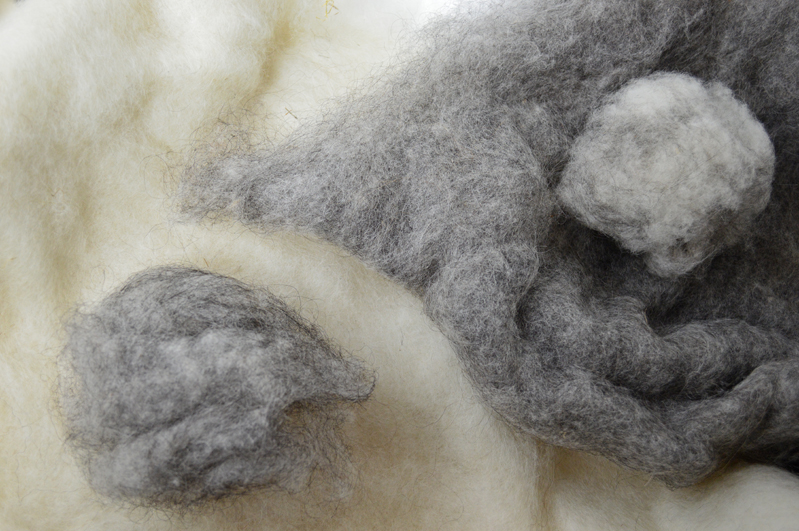
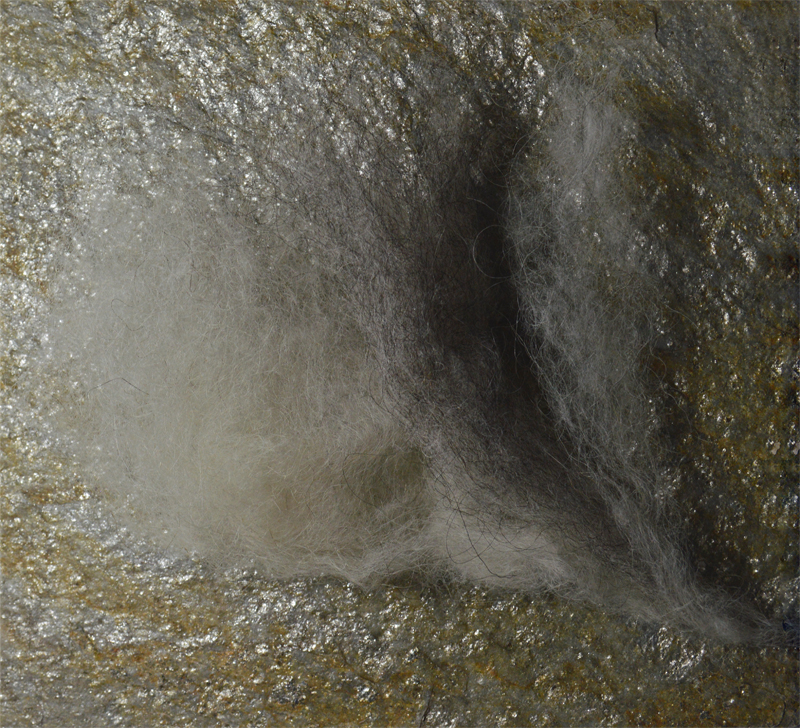
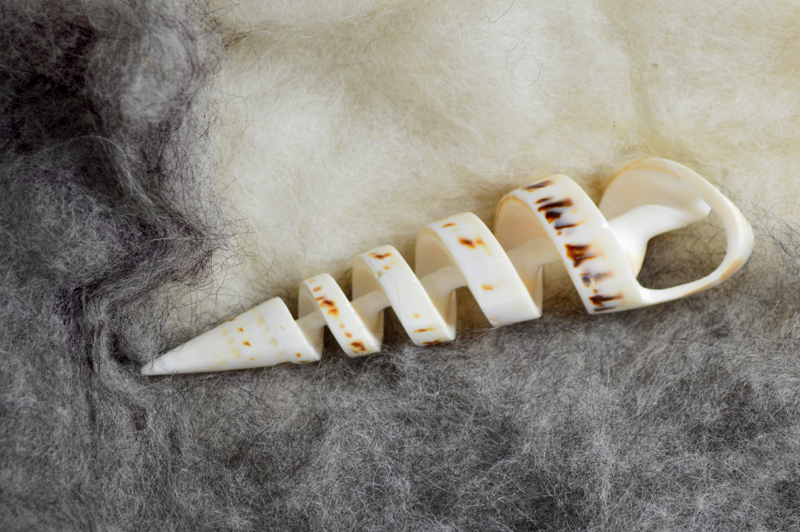
Value scale: white, light, medium, dark and black make an interesting range. A monochromatic scheme can be mild or wild.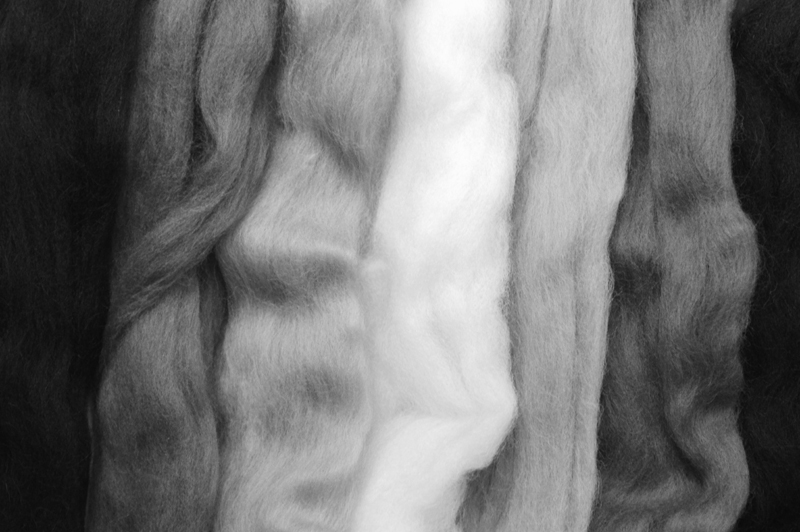
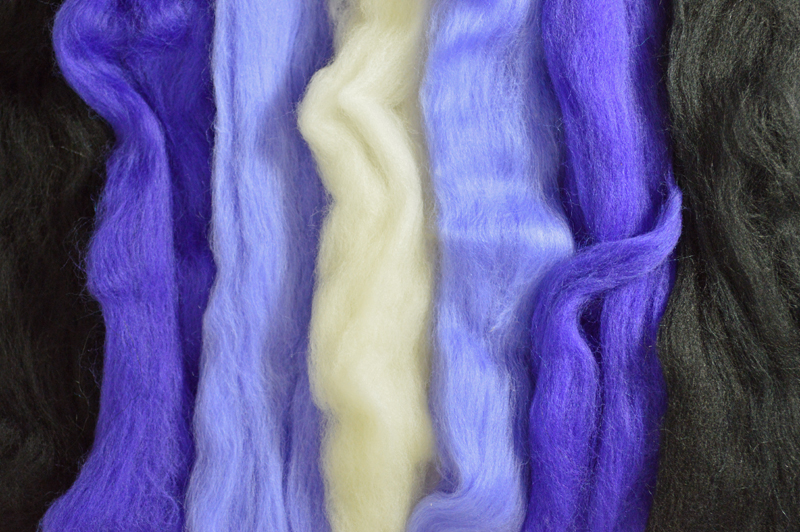
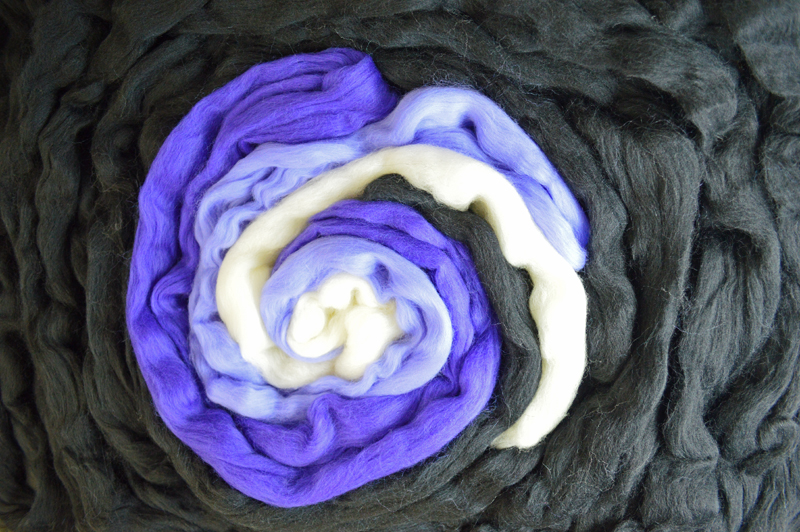

Analogous colors: any three colors side by side by side on the color wheel can touch one’s moods too. There is a soothing rightness about the trio.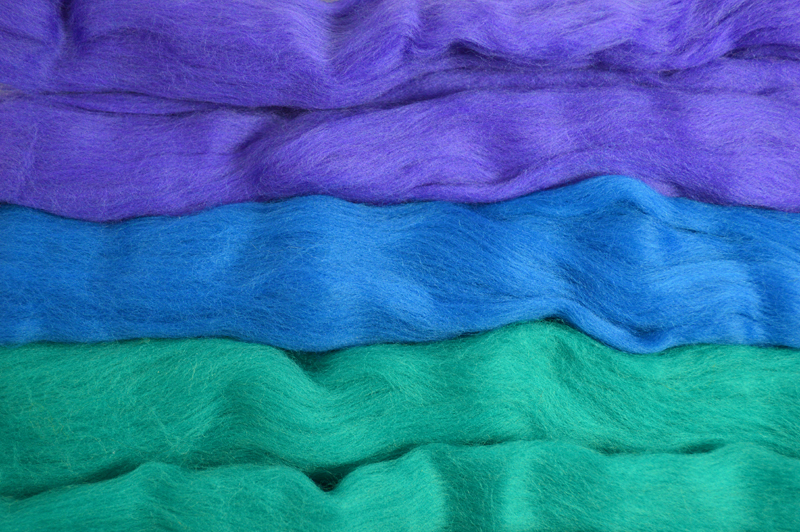
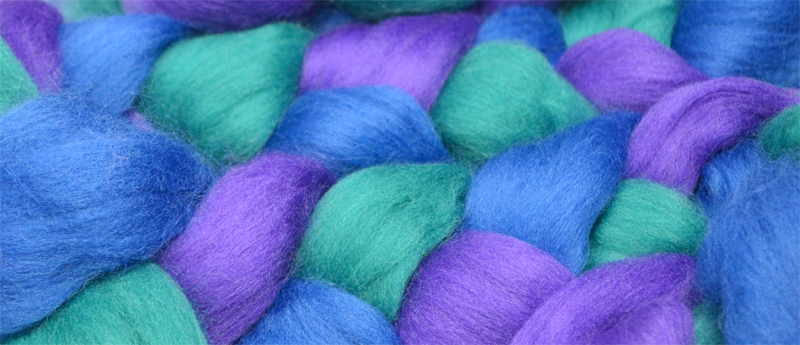
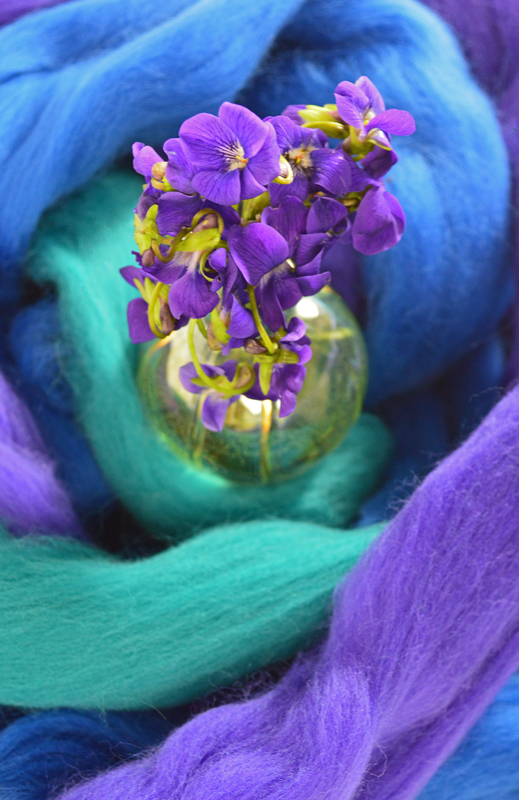
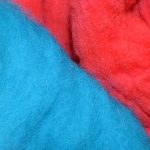 Of course, other people may dive right into high contrast and/or complementary colors to find their comfort zone. The point is that being aware of comfort zones can help an artist create them as needed and even notice those zones change as the artwork progresses. Comfort zones definitely belong in studios!
Of course, other people may dive right into high contrast and/or complementary colors to find their comfort zone. The point is that being aware of comfort zones can help an artist create them as needed and even notice those zones change as the artwork progresses. Comfort zones definitely belong in studios!
